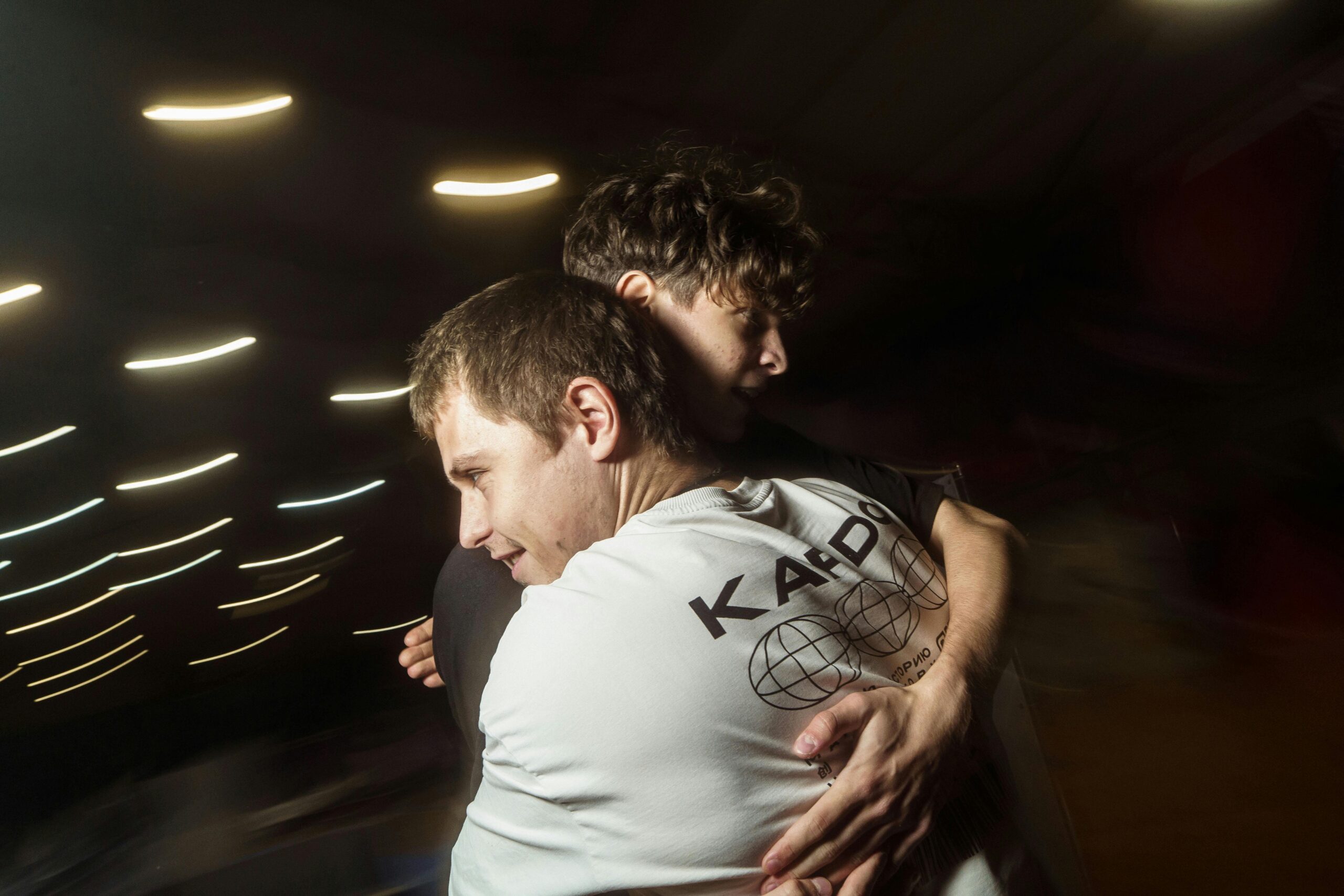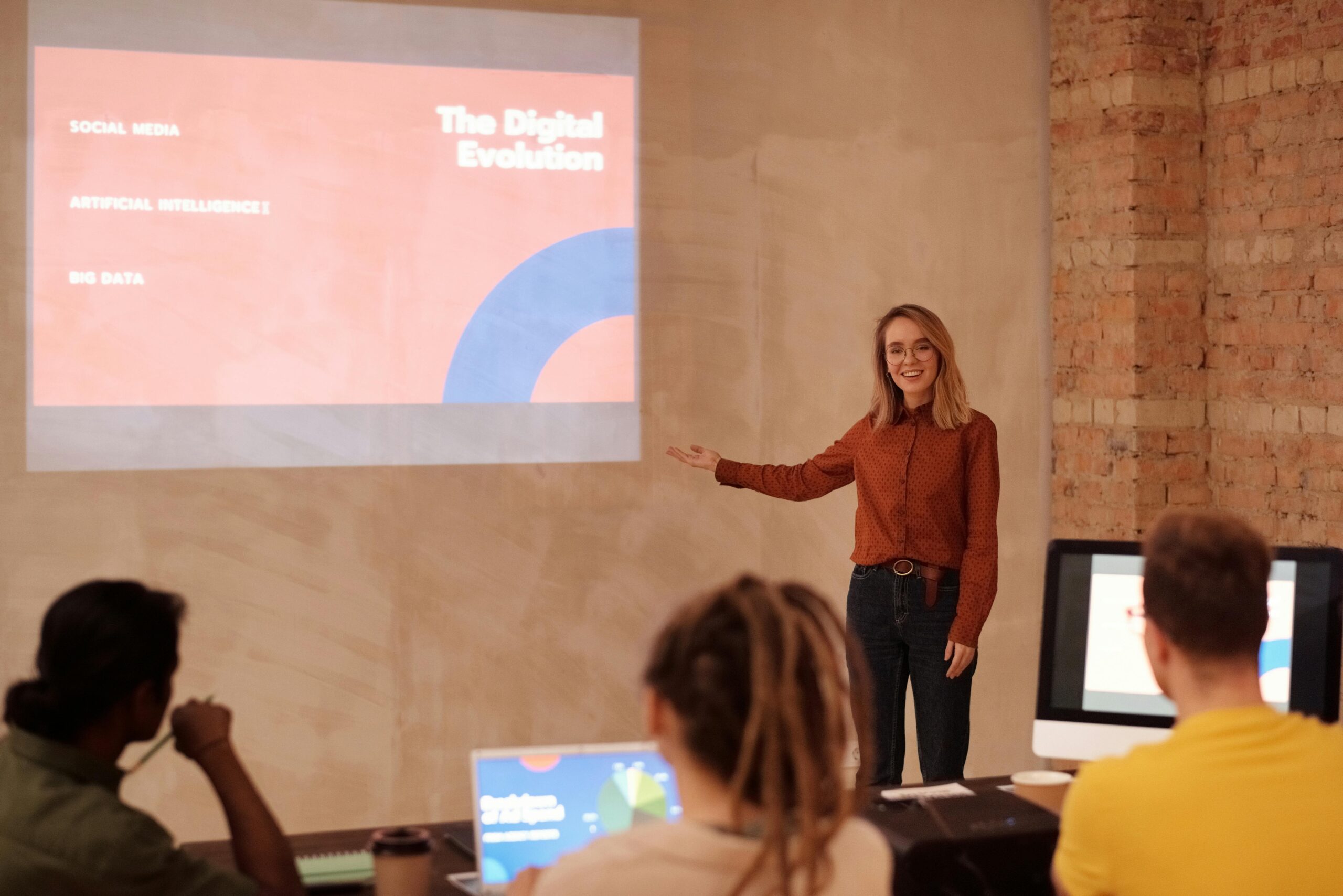Artificial intelligence is no longer a distant dream—it’s reshaping how we connect, communicate, and form meaningful relationships in ways we never imagined possible.
The landscape of human interaction has transformed dramatically over the past decade. What once seemed like science fiction—machines understanding our emotions, responding to our needs, and even forming bonds with us—has become our everyday reality. From AI companions that listen without judgment to sophisticated algorithms that help us find meaningful connections, technology is fundamentally changing the nature of human relationships and emotional experiences.
This revolution isn’t just about smarter machines; it’s about creating bridges between people, enhancing our emotional intelligence, and opening new pathways for connection in an increasingly digital world. As we navigate this brave new landscape, understanding how AI influences our emotional bonds becomes crucial for anyone seeking deeper, more authentic relationships in the modern age.
The Evolution of AI-Human Emotional Interaction 🤖
The journey from simple chatbots to emotionally intelligent AI companions represents one of the most fascinating technological progressions of our time. Early artificial intelligence systems could barely string together coherent sentences, let alone understand the nuances of human emotion. Today’s AI technologies employ sophisticated natural language processing, sentiment analysis, and machine learning algorithms that can detect subtle emotional cues in text, voice, and even facial expressions.
This transformation didn’t happen overnight. Researchers have spent decades studying human psychology, emotional intelligence, and communication patterns to create AI systems that can genuinely understand and respond to our emotional needs. The breakthrough came when developers realized that emotional connection wasn’t just about processing words—it was about understanding context, reading between the lines, and responding with appropriate empathy and timing.
Modern AI companions can now recognize when someone is feeling anxious, depressed, or lonely. They can adjust their communication style based on the user’s emotional state, offering support, encouragement, or simply a listening ear. This capability has opened doors to new forms of emotional support that complement—and sometimes enhance—traditional human relationships.
Breaking Down Barriers to Connection
One of the most profound impacts of AI on emotional bonds is its ability to break down barriers that previously prevented meaningful connections. For individuals struggling with social anxiety, depression, or isolation, AI companions provide a safe space to express thoughts and feelings without fear of judgment. This non-threatening environment allows people to practice emotional vulnerability in ways that can eventually translate to stronger human relationships.
Geographic distance no longer poses the obstacle it once did. AI-powered translation tools enable real-time conversations between people who speak different languages, fostering connections across cultural boundaries. Smart algorithms help individuals find like-minded communities and potential friends or partners based on deeper compatibility factors rather than superficial characteristics.
The accessibility factor cannot be overstated. Unlike human companions who have their own schedules and limitations, AI support systems are available 24/7. For someone experiencing a mental health crisis at 3 AM or feeling lonely during holidays, having access to an empathetic AI presence can be genuinely life-changing. This constant availability provides a safety net that complements traditional support systems rather than replacing them.
Therapeutic Applications and Mental Wellness 💚
The mental health field has embraced AI technology with remarkable results. Therapeutic chatbots and AI-powered mental wellness apps are providing support to millions of people who might not otherwise have access to professional help. These tools use evidence-based therapeutic approaches like cognitive behavioral therapy (CBT) and mindfulness techniques, delivering them through engaging, personalized interactions.
What makes these applications particularly powerful is their ability to track patterns over time. AI systems can identify triggers, monitor mood fluctuations, and provide insights that help individuals better understand their emotional landscape. This self-awareness becomes a foundation for building healthier relationships and stronger emotional bonds with others.
Mental health professionals are increasingly incorporating AI tools into their practice, using them to extend care between sessions and provide additional support layers for their clients. This hybrid approach combines the irreplaceable value of human therapeutic relationships with the consistent availability and data-driven insights that AI provides.
AI as the Ultimate Matchmaker: Finding Authentic Connections
The dating and friendship landscape has been completely revolutionized by AI algorithms that go far beyond simple profile matching. Modern relationship platforms use machine learning to understand complex compatibility factors, analyzing communication styles, values, interests, and long-term goals to suggest genuinely compatible matches.
These sophisticated systems learn from user behavior, continuously refining their understanding of what makes relationships work. They can identify patterns that humans might miss, spotting compatibility indicators that go beyond surface-level attractions. The result is a higher likelihood of forming meaningful connections that have the potential to develop into lasting bonds.
But AI’s role in relationship formation doesn’t stop at the matching stage. Communication coaching features help users craft better messages, understand timing preferences, and navigate the delicate early stages of connection. Some platforms even provide feedback on communication patterns, helping individuals develop better relationship skills that benefit all their connections, not just romantic ones.
The Science Behind AI-Enhanced Compatibility
Understanding how AI determines compatibility reveals fascinating insights into the nature of human bonds. Machine learning algorithms analyze thousands of data points, including:
- Communication frequency and style preferences
- Shared values and life priorities
- Complementary personality traits
- Lifestyle compatibility factors
- Long-term goal alignment
- Emotional intelligence indicators
- Conflict resolution approaches
These algorithms don’t just look at what people say they want; they analyze actual behavior patterns to predict successful matches. This approach often reveals that what we think we want in a partner or friend differs significantly from what actually makes us happy and fulfilled in relationships.
Enhancing Existing Relationships Through Technology 📱
AI isn’t just helping people form new connections—it’s actively strengthening existing relationships. Smart relationship apps provide couples with conversation prompts, help them navigate conflicts, and suggest activities based on shared interests and schedules. These tools act as relationship coaches, offering insights and interventions at crucial moments.
Calendar AI can identify when partners are drifting apart due to busy schedules and suggest quality time opportunities. Communication analysis tools can flag negative patterns before they escalate into serious problems. Some AI systems even help long-distance couples feel more connected by creating shared experiences through coordinated activities and thoughtful prompts.
Family relationships also benefit from AI mediation. Apps designed for family communication help bridge generational gaps, facilitate difficult conversations, and maintain connections across distances. These tools recognize that different family members have different communication styles and preferences, adapting their approach accordingly to enhance understanding.
The Emotional Intelligence Revolution
Perhaps the most transformative aspect of AI’s impact on emotional bonds is its role in developing human emotional intelligence. AI systems that provide feedback on communication effectiveness, emotional expression, and relationship dynamics essentially serve as emotional intelligence coaches. Users learn to recognize their own patterns, understand others’ perspectives, and communicate more effectively.
This educational component extends beyond individual improvement. As more people interact with emotionally intelligent AI, the baseline for human emotional awareness rises. People become accustomed to considerate communication, active listening, and empathetic responses—qualities they then bring to their human relationships.
Voice analysis AI can detect stress, fatigue, or emotional distress in our speech patterns, alerting us when we might need self-care or when we should approach a conversation differently. This heightened self-awareness prevents countless misunderstandings and strengthens emotional bonds by helping us show up as our best selves in relationships.
Building Empathy Through Virtual Experiences 🌟
Virtual reality combined with AI creates immersive experiences that build empathy and understanding. These technologies allow people to literally see the world through someone else’s eyes, experiencing different perspectives in ways that traditional communication cannot achieve. Such experiences deepen emotional bonds by fostering genuine understanding across differences.
Training simulations use AI to help people practice difficult conversations, experience different emotional states, and develop conflict resolution skills in safe environments. These rehearsals translate to improved real-world interactions, strengthening all types of relationships from professional to personal.
Navigating the Ethical Landscape
With great power comes significant responsibility, and the rise of AI in emotional bonding raises important ethical considerations. Privacy concerns top the list—emotional data is deeply personal, and its protection must be paramount. Users deserve transparency about how their information is used and assurance that their emotional vulnerabilities won’t be exploited.
The question of AI replacing human connections rather than enhancing them requires careful consideration. While AI companions provide valuable support, they should complement rather than substitute human relationships. The goal is using technology to make us better at connecting with each other, not to retreat entirely into artificial relationships.
Dependency is another concern. Just as with any powerful tool, the risk of over-reliance exists. Healthy AI integration into our emotional lives means maintaining balance, using these tools to enhance our capacity for connection while preserving the irreplaceable value of human-to-human bonds.
The Future of Emotionally Connected Technology
Looking ahead, the integration of AI into our emotional lives will only deepen. Emerging technologies promise even more sophisticated emotional recognition, more nuanced responses, and better integration into our daily lives. Brain-computer interfaces might eventually allow AI to understand our emotions without us needing to articulate them, responding to our needs before we fully recognize them ourselves.
Augmented reality will overlay our physical world with emotional intelligence aids—imagine glasses that help you read social cues or suggest conversation topics based on someone’s mood and interests. These technologies will make navigating social situations easier for everyone, particularly those who struggle with social interactions.
The democratization of emotional support through AI will continue expanding access to mental health resources and relationship guidance. As these technologies become more affordable and widespread, the baseline quality of emotional support available to everyone will rise dramatically, potentially transforming society’s overall emotional health.
Preparing for Tomorrow’s Emotional Landscape
As we stand at this technological crossroads, preparing ourselves and future generations for an AI-integrated emotional world becomes crucial. This preparation involves developing digital literacy around emotional technology, understanding its benefits and limitations, and maintaining our fundamental human connection skills even as we embrace technological enhancements.
Educational systems will need to evolve, teaching children how to navigate AI relationships alongside human ones. We must cultivate wisdom about when to lean on technology and when to prioritize purely human connection. This balanced approach will define successful relationship navigation in coming decades.

Embracing the Hybrid Future of Connection 🚀
The revolution in AI-enhanced emotional bonding isn’t about choosing between technology and humanity—it’s about finding synergy between them. AI offers tools that can make us more self-aware, more empathetic, and better connected than ever before. When used thoughtfully, these technologies amplify our human capacity for connection rather than diminishing it.
Success in this new landscape requires maintaining intentionality about our relationship with technology. We must regularly assess whether our AI tools are serving their intended purpose of enhancing connection or whether they’ve become barriers to authentic engagement. This ongoing evaluation ensures technology remains our servant rather than our master.
The individuals and communities that will thrive in coming years are those who embrace AI’s potential while preserving the irreplaceable elements of human connection—the spontaneity, the imperfection, the mysterious chemistry that no algorithm can fully replicate. These elements give our relationships depth and meaning that technology can support but never replace.
As we unlock the power of emotional bonds with AI, we’re not abandoning what makes us human; we’re discovering new dimensions of connection that were previously impossible. We’re learning that technology and humanity aren’t opposing forces but complementary ones, each bringing unique strengths to the eternal human need for meaningful connection. The future of relationships isn’t purely digital or purely analog—it’s beautifully, powerfully both.
This transformation invites us to reimagine what’s possible in human connection, to dream bigger about the depth and breadth of relationships we can cultivate. With AI as our ally, we have unprecedented opportunities to understand ourselves better, communicate more effectively, and build stronger bonds with the people who matter most. The revolution is here, and it’s making us more human, not less.
Toni Santos is a digital culture researcher and emotional technology writer exploring how artificial intelligence, empathy, and design shape the future of human connection. Through his studies on emotional computing, digital wellbeing, and affective design, Toni examines how machines can become mirrors that reflect — and refine — our emotional intelligence. Passionate about ethical technology and the psychology of connection, Toni focuses on how mindful design can nurture presence, compassion, and balance in the digital age. His work highlights how emotional awareness can coexist with innovation, guiding a future where human sensitivity defines progress. Blending cognitive science, human–computer interaction, and contemplative psychology, Toni writes about the emotional layers of digital life — helping readers understand how technology can feel, listen, and heal. His work is a tribute to: The emotional dimension of technological design The balance between innovation and human sensitivity The vision of AI as a partner in empathy and wellbeing Whether you are a designer, technologist, or conscious creator, Toni Santos invites you to explore the new frontier of emotional intelligence — where technology learns to care.




